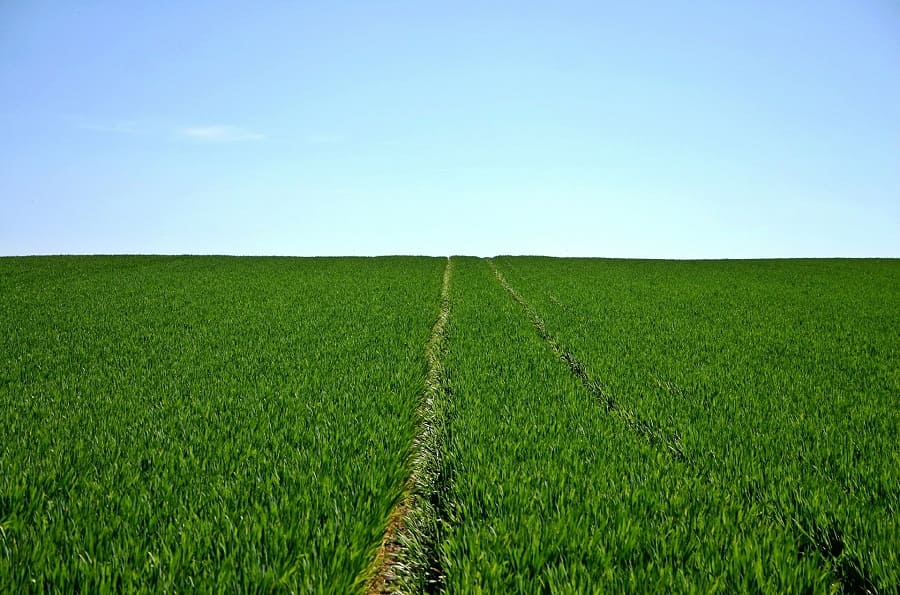Needed – A Rethink on Assessing Agriculture’s Real Contribution to India’s Economy

“True, the service and industry sectors are engines of economic growth, but the fuel that powers the engines comes from agriculture. That’s why the entire economy catches a cold when agriculture sneezes.”
The quote above captures the essence of this article that challenges the archaic opinionated belief about Indian agriculture’s contribution to the country’s economy.
“As the economy grows in size, the role of agriculture invariably becomes insignificant”is the most entrenched belief among the policy makers. This belief is, however, empirically wrong.
The traditional measurement of agriculture’s contribution to our GDP does show that its share is on the decline- though the absolute agricultural production is on the rise both in volume and value. This is true, worldwide.
The agricultural sector has two discernible production linkages with the rest of the economy. They are:
I Forward Production Linkages: This encompasses the supply of diverse agricultural outputs as inputs to upstream entities in the manufacture and service sectors. This include textiles, food and beverages (including restaurants), sugar and the alcohol industry, confectionaries, food processing, pharmaceuticals (glucose), tobacco, timber, wholesale,retail and export trade of agricultural products cargo transport etc.
II Backward Production Linkages: This includes resources and inputs used in farm production such as farm credit, seeds, farm machineries, agrochemicals etc.
Together, these production linkages – arising from agriculture- lead to larger multiplier effects in the entire economy. The contribution of agriculture to the economy should, therefore, be assessed considering the value of agricultural output plus its lateral production linkages with the manufacturing and the services sectors.
“Agriculture’s True Contribution to the Economy” by Inter American Institute For Cooperation and Agriculture.
The US agricultural sector extends beyond the farm business to include a range of farm related industries.
The output of America’s farms contributed $177.2 billion to the GDP in 2014. A share of roughly about 1% of the GDP.
But America’s agriculture and agricultural related industries put together contributed $ 985 billion to the country’s GDP in the same year. A share of 5.7% to the GDP.
Value Added to GDP by agriculture, food and related industries 2007-15
Note, the agricultural GDP of 1% actually translates to 5.7% in the over all economy in the USA. In other words, the agriculture’s multiplier effect is in the ratio of 1:6 in the USA, the world’s largest economy.
In India, we need a similar approach to assess and understand our agricultural sector’s real contribution to the country’s overall economy. There are strong reasons for assessing Indian agriculture’s multiplier effect. Consider these:
- The Indian food and grocery market is the world’s sixth largest. It is expected to reach $925 billion by 2020
- India has over 12 million Kirana (Grocery) shops- roughly 10 shops per 1000 Indians. The maximum in the world. They employ 35 million – about 7.3% India’s work force ( Economic Survey 2013)
- India is the world’s largest producer of cotton. According to our Ministry of Textiles 40-50 million people are engaged in cotton processing and trade.
- In case of textile industry, when the raw cotton becomes fabric and dress material the significant value addition takes place with forward linkages.
- India is the world’s largest producer of milk. India produces 160 million tons of milk- about 20% of global milk production. Millions of economic agents engaged in moving milk from the farm to the consumer.
- Agricultural commodities form bulk of internal cargo movement. Over 7 million people are engaged in this sector.
- The tomato get farm rate at Rs.10/kg and swells to Rs.40/kg along the supply chain.
The Indian agriculture’s direct share of Indian GDP is around 17.32% in nominal term (2016-17). It’s real contribution to the overall economy would be at least three times higher. That is, Indian agriculture’s contribution to our overall GDP would be around 50% at the minimum.
The role of agriculture is not limited to improving food and nutritional security. It creates job and income growth in the other two sectors – manufacture and services- and thus supports overall economic growth.
The role of agriculture in Indian economy is larger than traditionally recognized.
It is time for an economic rethink.


Again, the multiplier effect is a very useful way to think about agriculture. It provides ‘raw materials’ to industry and services sectors of the economy. The linkages and interdependence of sectors ‘symbiotic’.
On a deeper reflection, we should work to promote human endeavour per se.
Industry or Sector specific policies create ‘silos’ of constrained thinking : and continued over long time lead to unimaginable distortions.